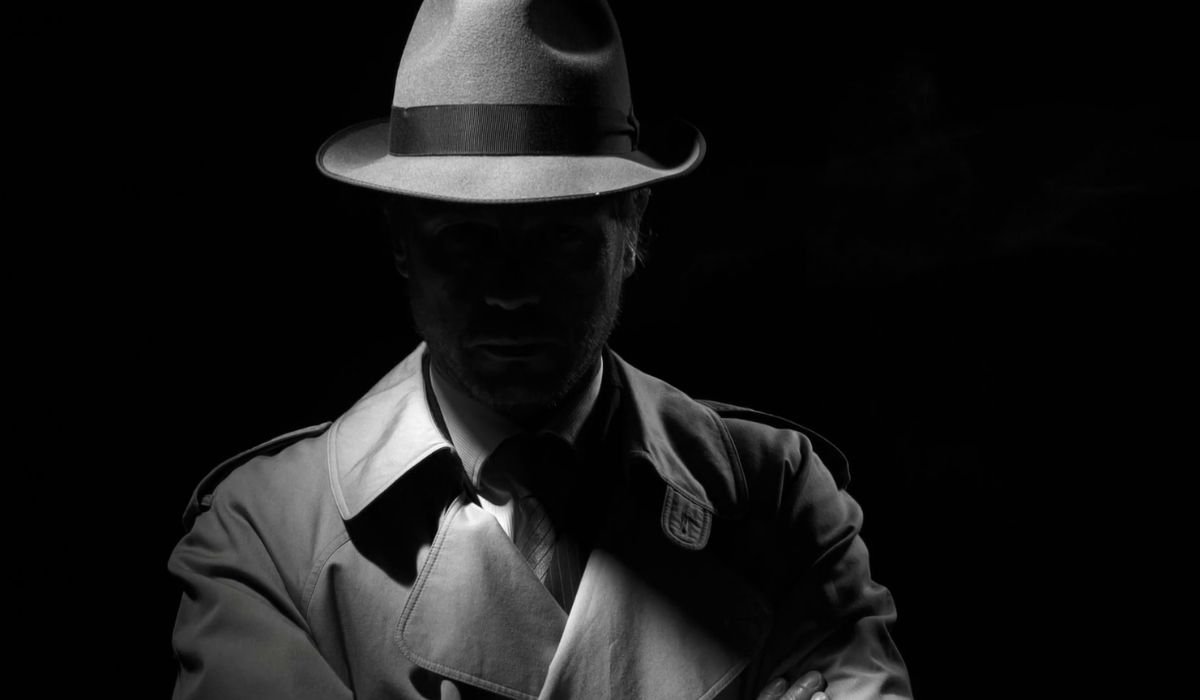Headwear has long served as a visual representation of identity, culture, and style. Few hats encapsulate this as well as fezes and fedoras. From the vibrant streets of Istanbul to the glitz of early Hollywood, these iconic pieces have evolved to become cultural staples. But what makes them enduring symbols of tradition and timeless fashion?
This blog unpacks the stories behind fezes and fedoras, exploring their origins, cultural significance, and modern-day relevance. Whether you’re a crossword enthusiast who stumbled across “fezes and fedoras” or a curious fashion lover, you’ll find insight into the way these hats reflect and shape society.
Origins and Evolution of Fezes and Fedoras
The history of fezes and fedoras offers an extensive look into cultural exchanges and changing societal norms. Both hats started as practical pieces but soon transcended utility to become symbols of status and identity.
Where It All Began
- The Fez
Originating in the Middle East, the fez is a brimless hat typically made of felt. Historians attribute its roots to the Ottoman Empire, where it became a hallmark of administrative attire. Its simple design and practicality made it popular in North Africa and the Balkans as well.
- The Fedora
The fedora’s story began in 19th-century Europe, originally popular among women before gaining favor with men. Its flexible brim and indented crown gave it functionality while allowing customization, which appealed to individuals across social classes by the 20th century.
The Evolution Over Time
- Fez
- Early designs featured vibrant colors, ornamentation, and tassels signifying rank.
- Over time, it transitioned from a symbol of Ottoman power to a cultural emblem after the empire’s decline.
- Fedora
- This hat quickly evolved into a style icon, especially during the interwar period.
- It became a fashion must-have, paired with everything from high-end suits to chic workwear, designed with materials like wool, felt, and straw.
These hats might sound old-fashioned, but their relevance and adaptations echo through time.
Fezes: A Cultural Icon
Fezes have long been cultural symbols, reflecting social identity and values in places like Morocco, Egypt, and Turkey.
Community and Status
The fez, in its early years, denoted status and authority. For Ottoman officials, it was much more than headwear—it signified their place in an elaborate hierarchical system. Similarly, merchants, scholars, and commoners each had a version of their fez.
- Cultural Nuance
- Across North Africa, fezes often took on unique regional elements, such as differing tassel shapes or colors.
- Moroccan versions became part of ceremonial dress, often seen at weddings or celebratory events.
Modern Adaptations and Controversy
While steeped in tradition, the fez encountered resistance during periods of change. Ataturk, the founder of modern Turkey, banned fezes during the 1920s as part of his efforts toward Westernization.
This sparked debates over cultural identity and historical preservation versus modernization. Nonetheless, in certain ceremonies and parades today, the fez still shines as a symbol of heritage and pride.
Fedoras: The Timeless Fashion Statement
Few hats have charmed their way into pop culture quite like the fedora. It’s hard to imagine golden-age Hollywood stars—or even modern figures—without them.
Fedora’s Rise in the 20th Century
The fedora really hit its stride during the early 1900s, becoming the go-to hat for sophisticated gentlemen and empowered women.
- Hollywood’s Influence
- With figures like Humphrey Bogart in Casablanca donning fedoras, the hat became synonymous with classic style and intrigue.
- Post-war, it symbolized suave masculinity while gradually integrating into women’s wardrobes.
Pop Culture and Iconic Figures
From Frank Sinatra’s dapper appearances to Indiana Jones’ rugged adventure looks, the fedora remains a signifier of versatility. Even modern-day artists like Bruno Mars channel vintage vibes, accessorizing their performances with fedoras.
Its design may have shifted over the years, but fedoras perfectly balance boldness and sophistication, making them staples across wardrobes worldwide.
Fezes and Fedoras Today
How are these hats thriving in modern fashion landscapes filled with fast trends? Through their ability to adapt while retaining cultural and aesthetic significance.
Cultural Exchange Meets Modern Design
Social media has breathed new life into traditional items like fezes and fedoras. Influencers showcase unique, modern spins on both items, pairing them playfully with contemporary pieces.
- Fezes
- Today, custom-made fezes are found in artisanal shops or online platforms aimed at promoting cultural heritage.
- Vintage enthusiasts collect antique fezes, celebrating their intricate handwork.
- Fedoras
- Widely embraced within bohemian fashion circles as well as minimalist wardrobes.
- Premium hatmakers focus on eco-friendly materials and ensure durability, an important benchmark for sustainable fashion enthusiasts.
Fashion in the Digital Age
The widespread accessibility of style inspiration, coupled with e-commerce’s global reach, ensures the continued reinvention of these hats. From runways to everyday wear, both fezes and fedoras remain relevant symbols in today’s fast-paced fashion cycles.
Why Fezes and Fedoras Continue to Matter
Fezes and fedoras are more than random hat choices—they allow us to connect with cultural identities and value systems in meaningful ways.
Next time you’re searching for the perfect accessory, why not consider a fez or a fedora? You may find yourself joining a legacy that dates back centuries while expressing your individuality in the most stylish way.
YOU MAY ALSO LIKE: Ramo Buchon A Tradition of Elegance and Emotion
Conclusion
Fezes and fedoras are not merely historical artifacts, but vibrant emblems of cultural diversity and style evolution. Their ability to bridge tradition and modernity makes them enduring pieces in the fashion tapestry. As global interest in sustainable and culturally respectful fashion grows, these hats continue to captivate new generations. By embracing both classic elegance and cultural stories, fezes and fedoras carve out a unique space for themselves, illustrating that fashion can be both timeless and revolutionary.
FAQs
1. What is the cultural significance of a fez?
The fez symbolizes tradition and identity in cultures across the Middle East, North Africa, and the Balkans. Historically, it indicated social status.
2. Why is the fedora so popular in fashion?
The fedora’s stylish versatility, especially promoted by pop culture icons like Frank Sinatra and Humphrey Bogart, makes it a timeless fashion statement.
3. Are fezes and fedoras still worn today?
Yes, both hats are popular in cultural ceremonies, vintage fashion, and modern outfits. Fezes retain heritage significance, while fedoras are widely styled across trends.
4. What materials are fezes and fedoras made from?
Fezes are often crafted from felt or wool, while fedoras use materials like felt, wool, and straw. Each design evolves depending on practicality and fashion trends.
5. Where can I buy fezes and fedoras?
These hats can be purchased from specialty shops, online platforms like Etsy, or artisans promoting sustainable fashion collections.



